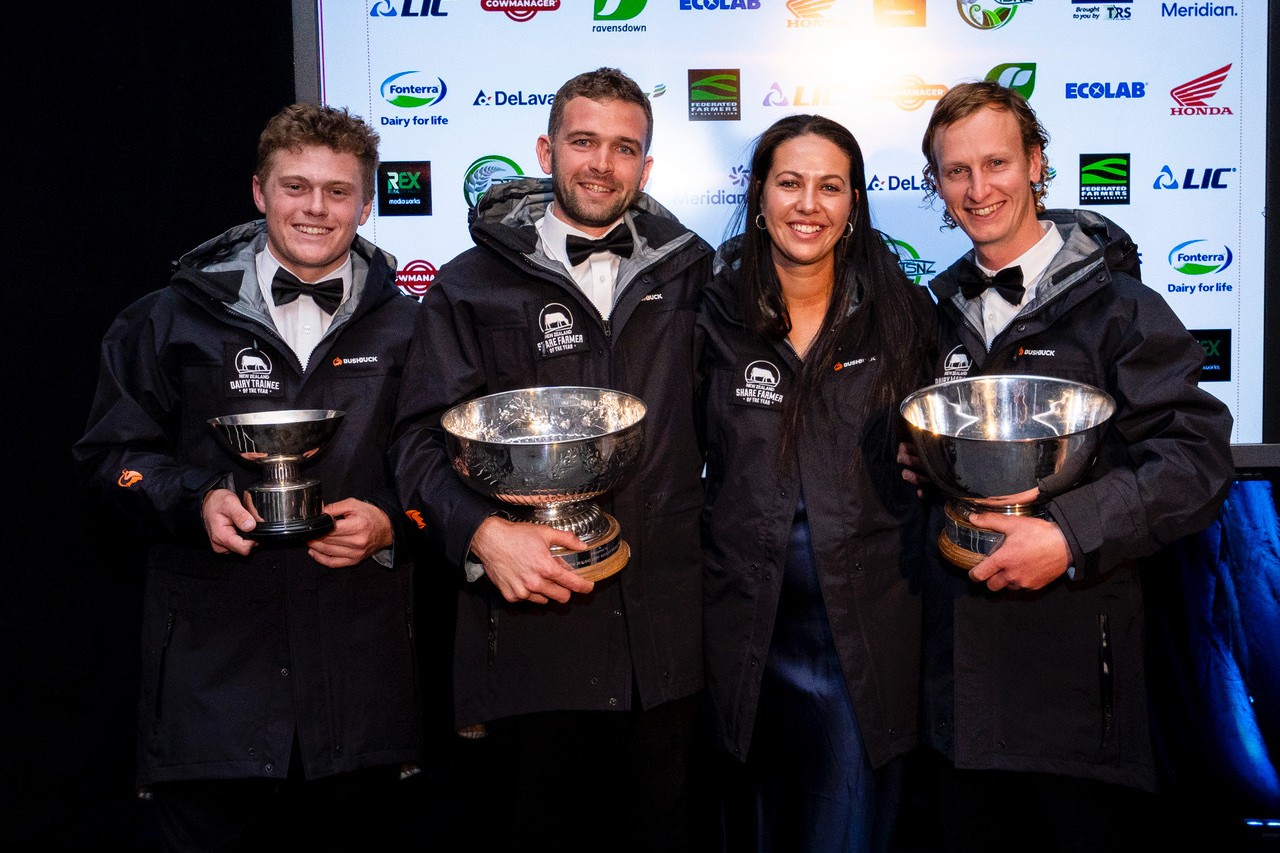How do you eat an elephant? One bite at a time… (don’t even think about how you wrangle it, chop it up, cook and tenderise it… that’s for another day.)
But for the purposes of this exercise the old mantra bears thinking about.
Farmers have always had elephants, or gnarly issues, to eat, and the trick is to not let the overwhelm get you while you think about it and decide how to go about breaking down the gnarly issue and moving forward.
Faced with a need to cut nitrogen leaching losses by 30%, mid-Canterbury farmers Tom and Sara Irving didn’t choke on the elephant, but took a multipronged approach.
Through investing in irrigation infrastructure, a slight drop in stocking rate, a big backing off the annual N application, cutting bought-in supplement and a stronger focus on pasture management they have cruised across the line, reducing N leaching to 28kg N/ ha – well under the 50kgN/ha target. And milk production is still sitting at close to the level of the last six years of 1500kg milksolids (MS)/ha or 450-470kg MS/cow.
Tom and Sara are confident advances in R&D will see more tools added to the tool box, so are not afraid of further cuts.
Read about them in our special report on ‘stopping the loss’ of nutrients on page 40.
George Moss writes about learning from the positivity and self-belief of the conquering Black Ferns and suggests we reframe our eating an elephant problem of reducing GHG emissions to chip away at the problem and and be the “world-leading farmers that contribute to climate cooling”. (pg 10)
Here we are at the end of 2022, the December issue.
I hope you have the head space over the summer to think about how to eat your elephant – start sharpening your knife and cut it into really small pieces.
We all have changes coming at us in 2023, if you can think about them with positivity and self-belief you have a much better chance of not just surviving but thriving through the changes.
Wishing you a happy and healthy Christmas and all the best for 2023!





